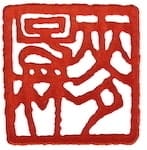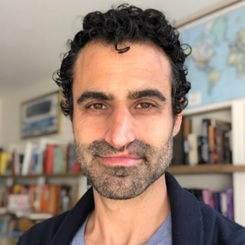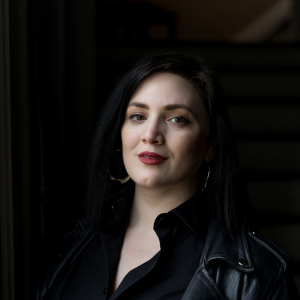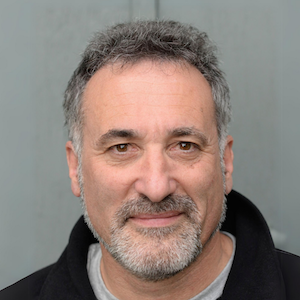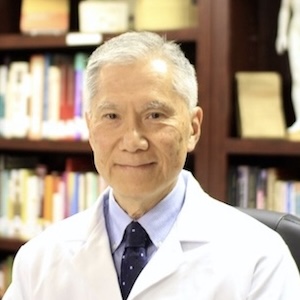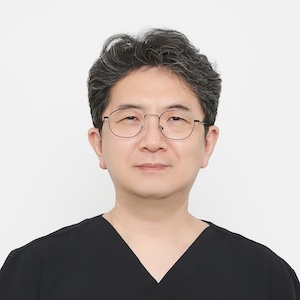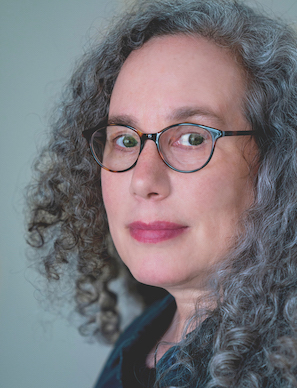Sharon . . . I find myself thinking of the two scenarios you described (pardon if I get the language wrong) . . scenario 1 . . . a channel is 'too small' or 'narrow' so the movement of Qi or fluids through it gets backed up / stuck / impeded and it appears as an 'excess' in that channel (either through palpation or pulse or observation or symptoms or some or all of these) . . . scenario 2 . . a channel is 'too large' or 'slack' or 'big' or 'spacious' so the movement of Qi or fluids is too easy/quick and the channel is never just full of Qi or fluids so it appears as a 'deficiency' in that channel (through palpation of pulse or observation or symptoms or some or all of these) . . . . so there are two things here . . . the state of the channel (too tight or small or narrow or confined or too slack or big or wide or spacious) . . . and consequently also the state of what is flowing through the channel . . .. the Qi or fluids . . as jammed up / stuck / impeded . .. or . . . as unable to fill out the channel and moving through too 'easily' . . . HEALTH being the channel just in the right size and dimension to meet the movement of Qi or fluids through it with the perfect 'partnership' of volume, size, tension, etc. My question is . . it seems to me that BOTH scenario 1 and 2 can be due to a 'deficiency' in the channel in question . . . one being the channel just can't 'inflate itself enough . . the other being the channel just can't hold itself together enough . . . and then again . . it seems to me we can imagine either scenario (1 or 2) being due to some 'excess' in the channel in question . . . one being that some 'evil influence' causes the channel to tense up, tighten . . . the other being that some 'evil influence' causes the channel to 'blow open' ('evil influences' as we know in east asian medicine . . being possibly 'external' in origin OR 'internal' in origin) . . . . so, in the end, I am still left wondering how we decide what to call a 'deficiency' in need of 'direct support' by both buttressing the 'mother' and lessening the 'controller' as we do in 4 needle korean . . . versus how we decide what to call an 'excess' in need of letting off the pressure by both draining the 'child' and buttressing the 'controller' . . . it seems to me in the end . . . scenario 1 and scenario 2 can both be interpreted through a deficiency lens OR through an excess lens and in the end . . . its just an orientation decision (which perhaps explains where over the centuries, there are just different 'schools of thought' on such matters (reflecting more general thought patterns of the time).
